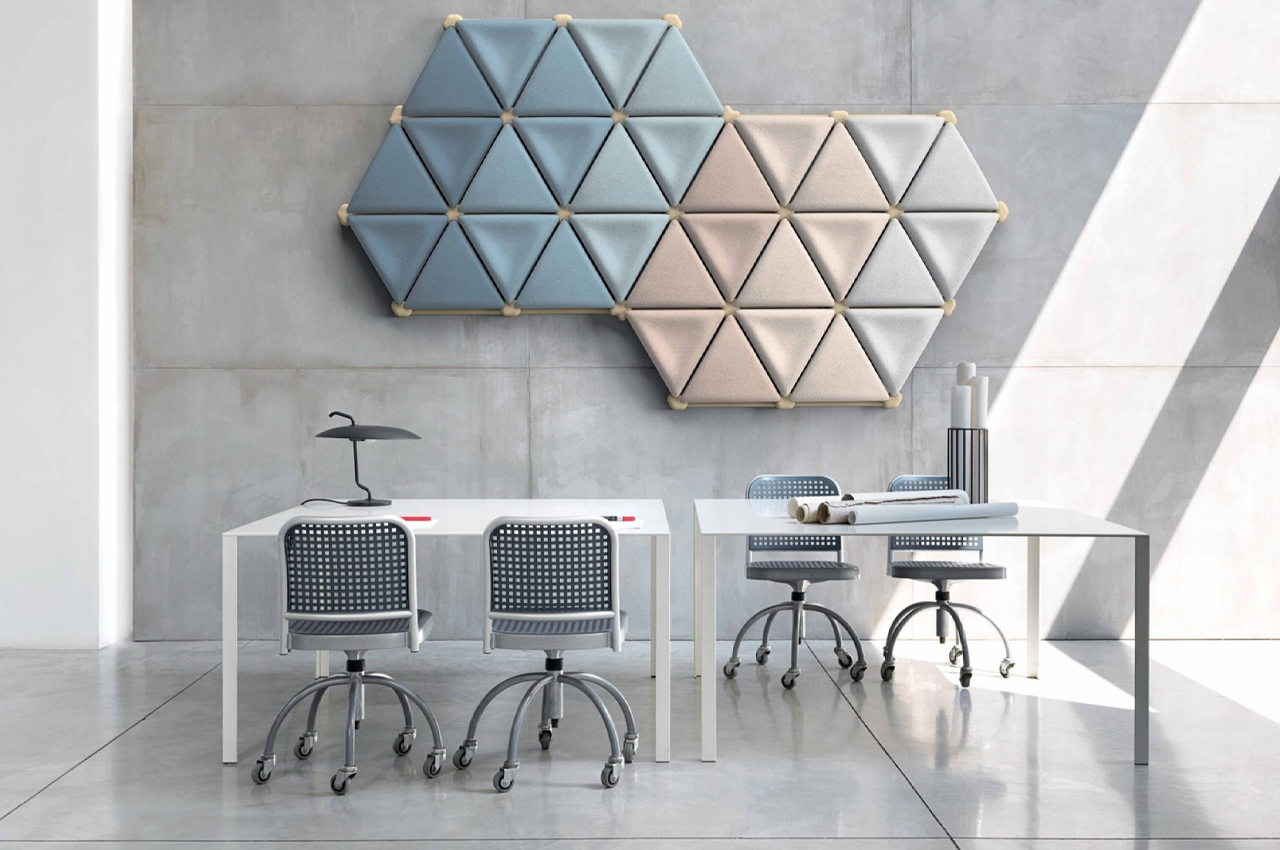
Foresta System is a modular acoustic panel design made from a unique blend of fungal mycelium and upcycled textile material.
Mycelium is like nature’s hidden superpower. Mushrooms can be used for anything from cooking, health and wellness, and even construction. Packed with industrial-level strength, mycelium is a natural fungi material that has recently been used as building materials for various construction projects.
Designer: Mogu
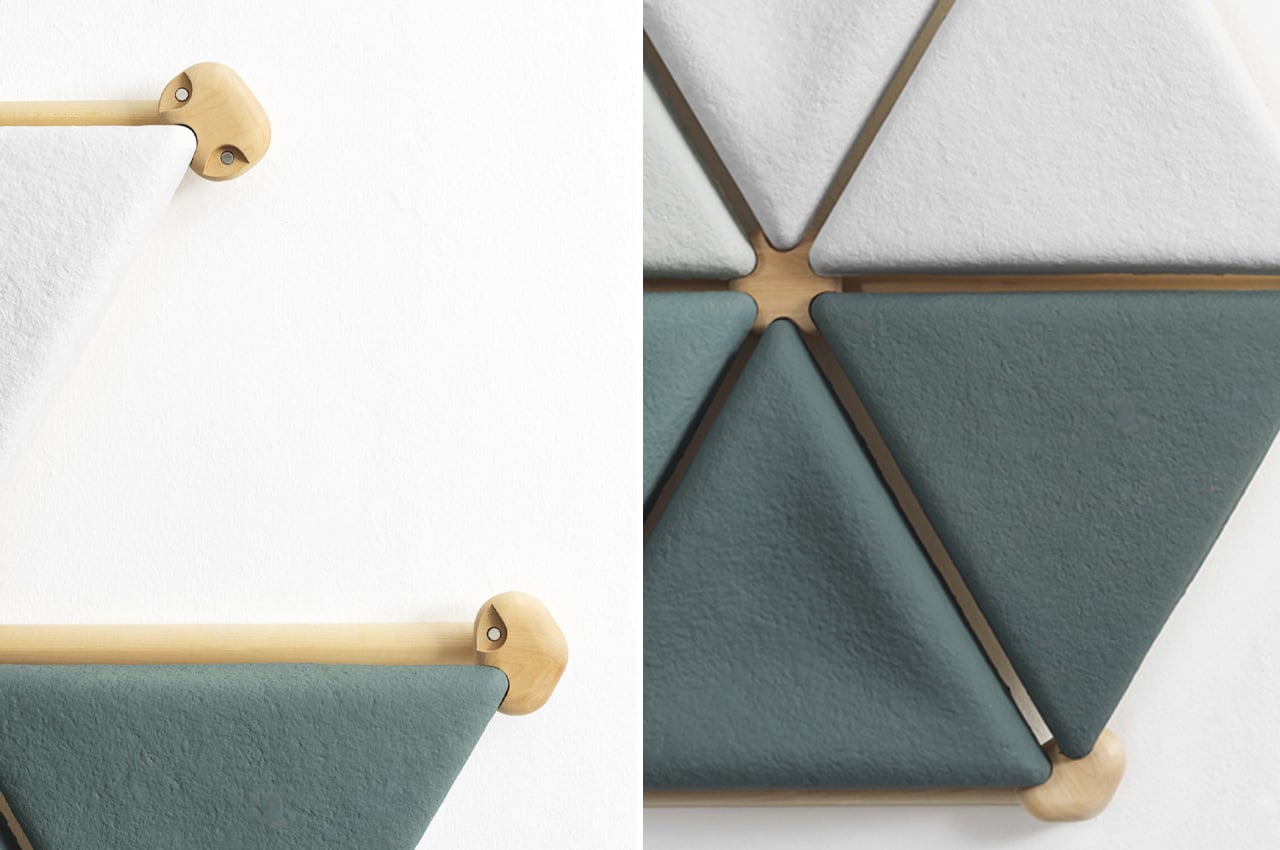
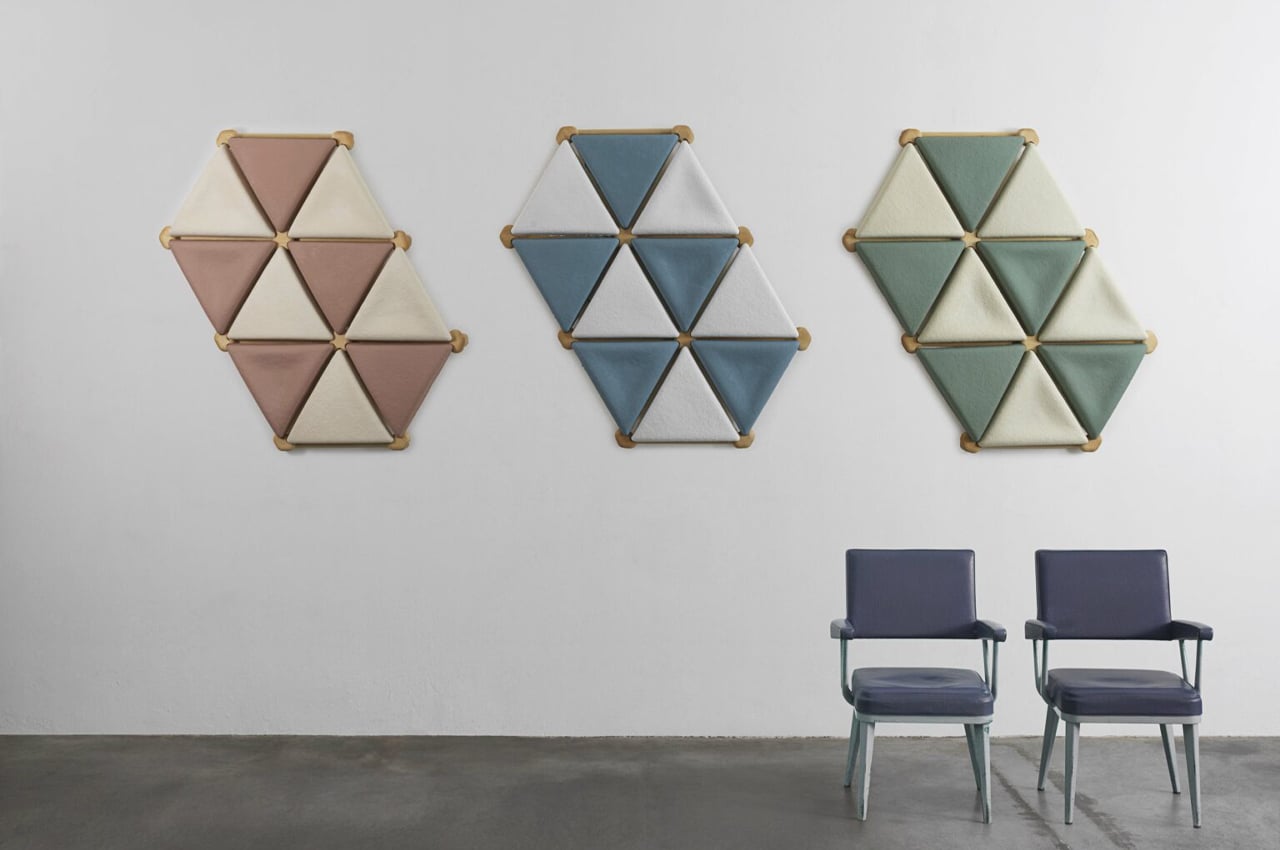
From home building to furnishing needs, mycelium provides an organic, yet durable construction material. Now used to create interior acoustic panels, the Foresta System designed by Italy-based Mogu takes a unique blend of mycelium and upcycled textile materials to create modular acoustic panels.
Constructed from a mix of mycelium panels, wood branches, and nodes, the timber frame that supports the different parts of Foresta can be mechanically fixed to the wall or vertical surface. Each node also carries integrated magnets that allow the acoustic panels to be mounted on the timber frame, allowing for easy removal and assembly.
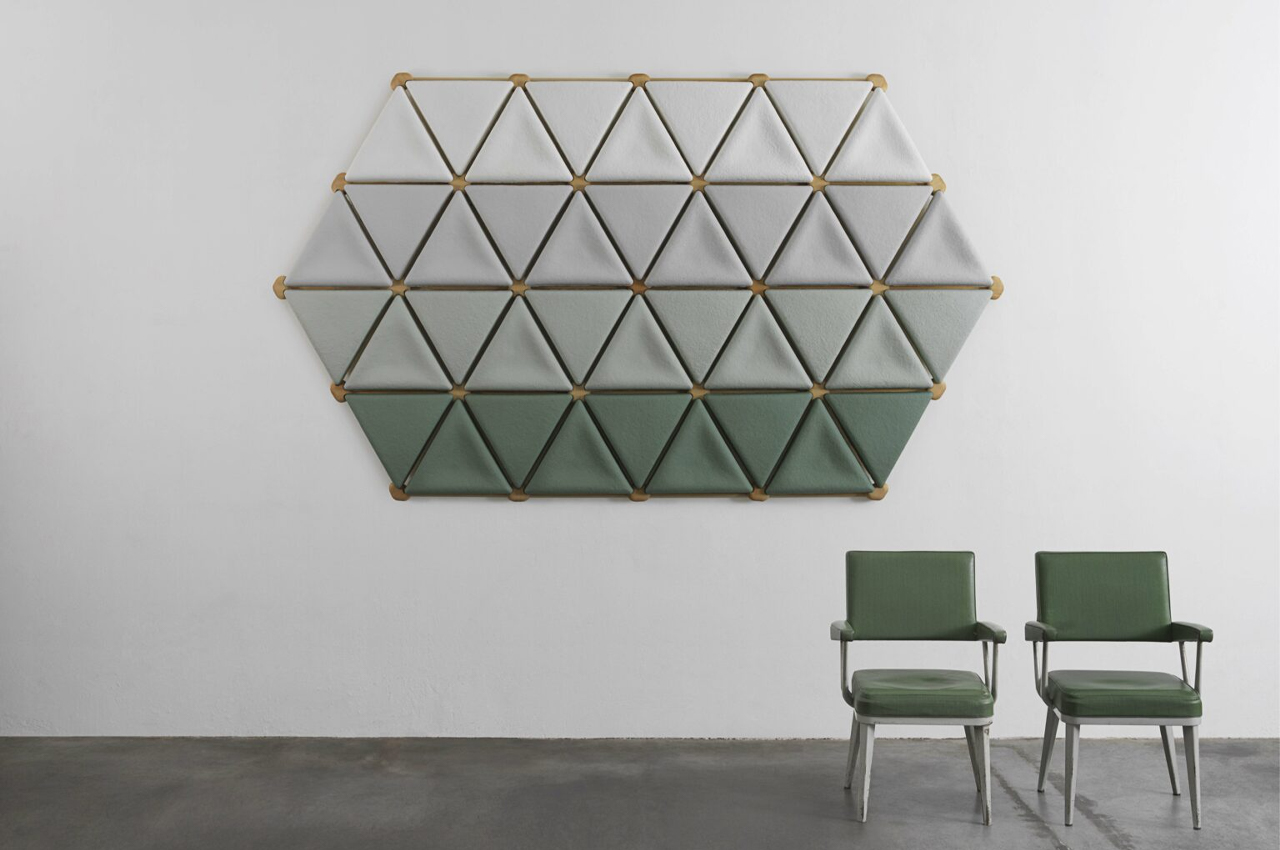
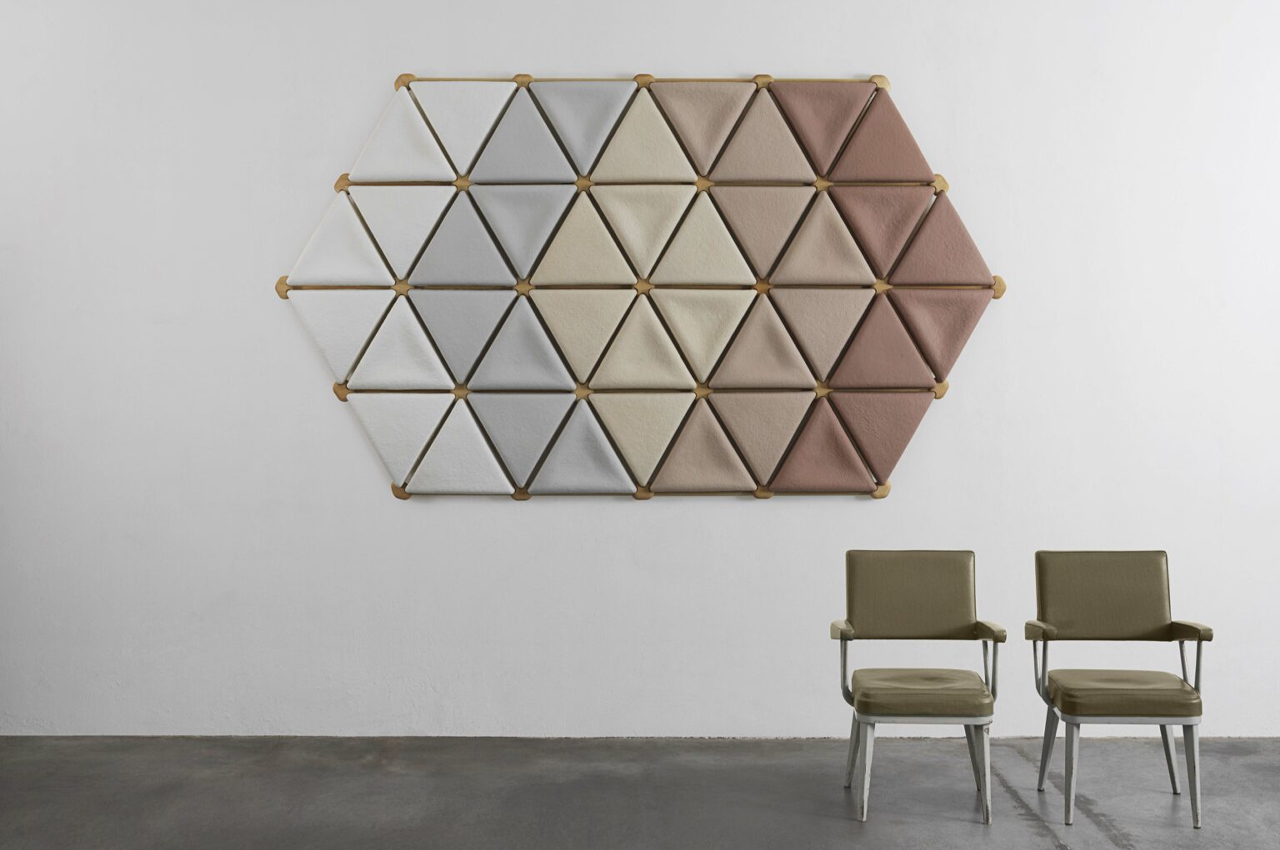
The first of its kind to integrate mycelium into its build, Foresta has been granted the winning prize of the 2022 German Design Awards for its eco-conscious and innovative design. 100% circular by design, none of Mogu Acoustic products are made with synthetic material, nodding towards the company’s “extremely virtuous manufacturing cycle,” as the German Design jury suggests.
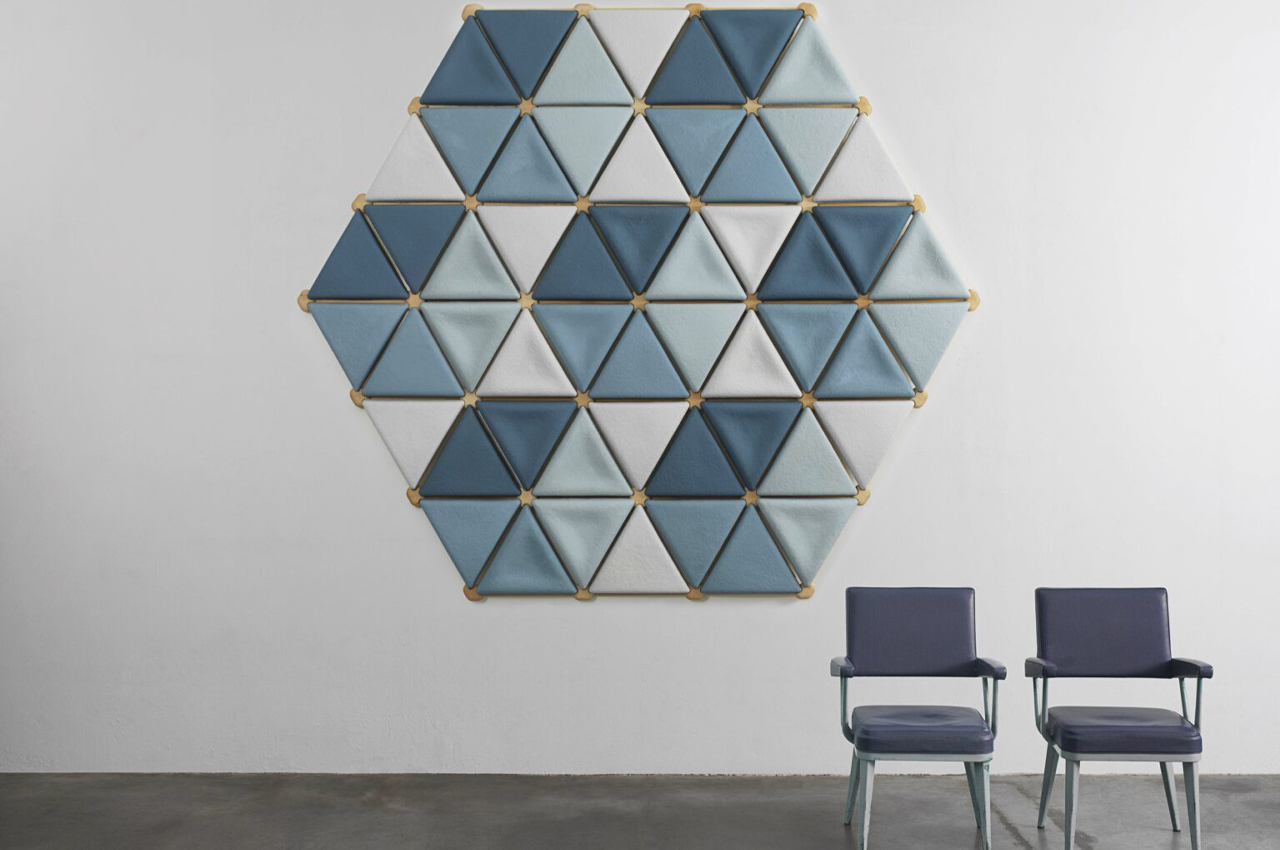
Made entirely from fungal mycelium and upcycled textile materials, Foresta is a collection of modular acoustic panels used to minimize the acoustic levels of noisy spaces like restaurants, offices, and retail businesses. Using the latest technologies in wood processing such as product parametric modeling, robotized production lines, and advanced manufacturing, Mogu was able to combine the refined aesthetics of wooden design with the cutting-edge nature of fungal mycelium to produce a truly innovative product.
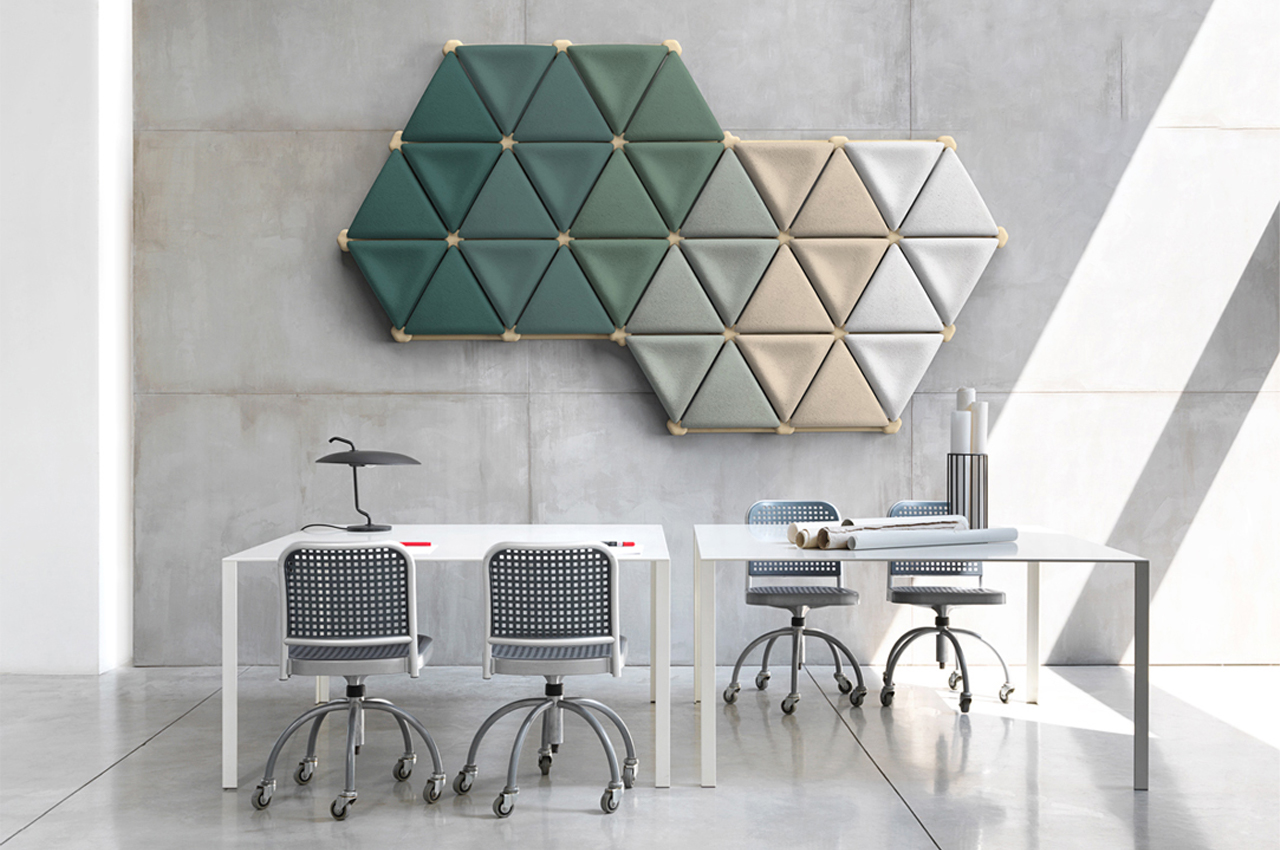
The post Sustainable modular acoustic panels are made from a unique blend of up-cycled textile and mycelium first appeared on Yanko Design.
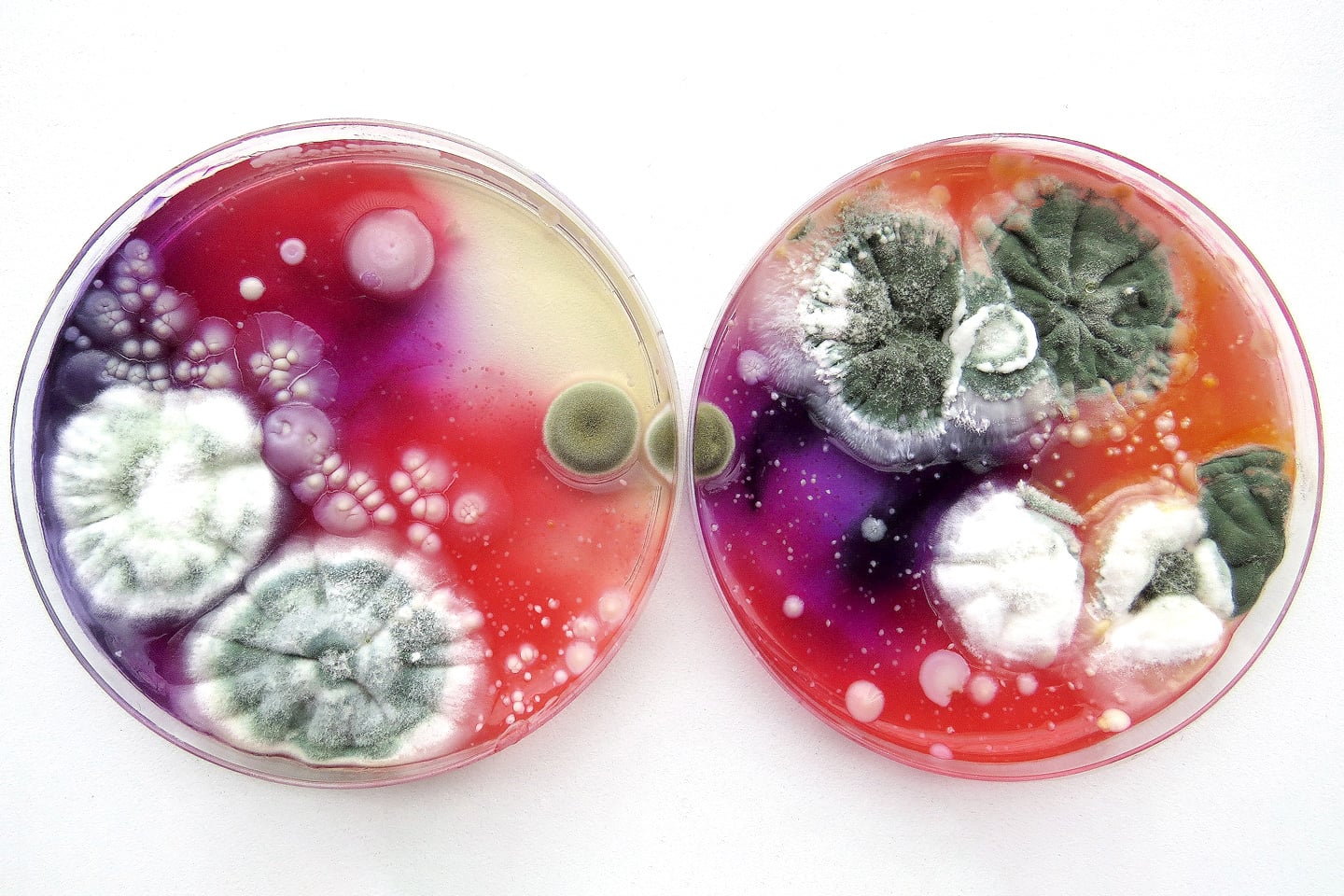
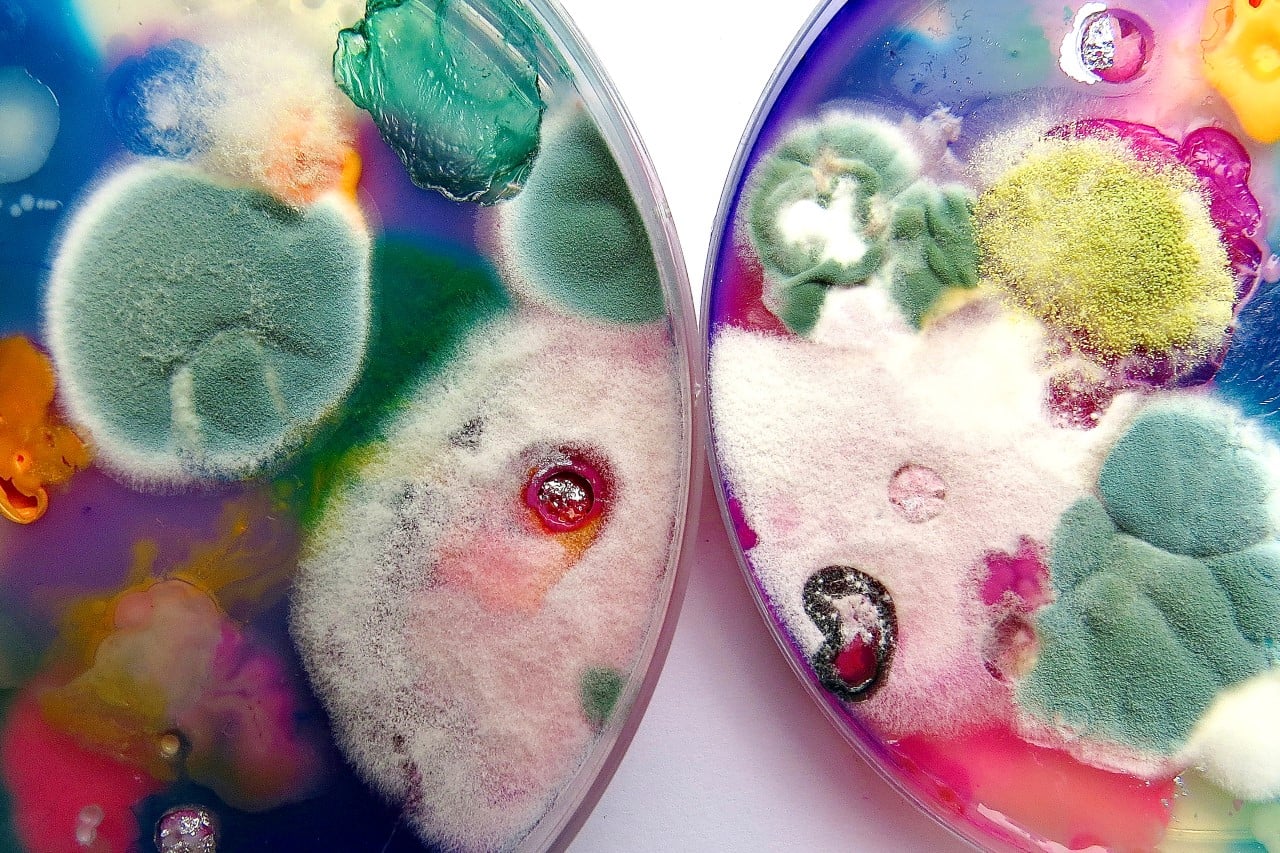
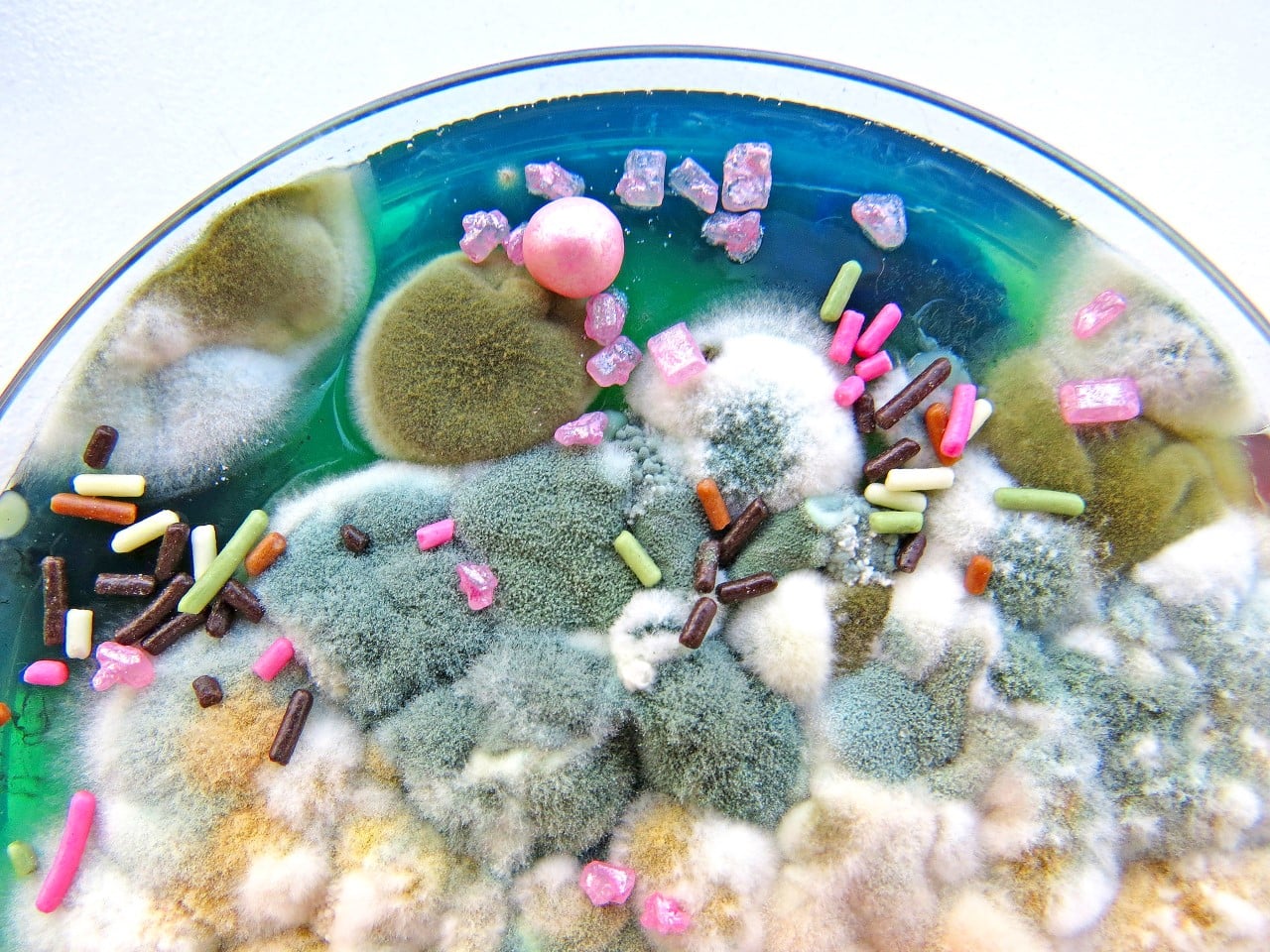
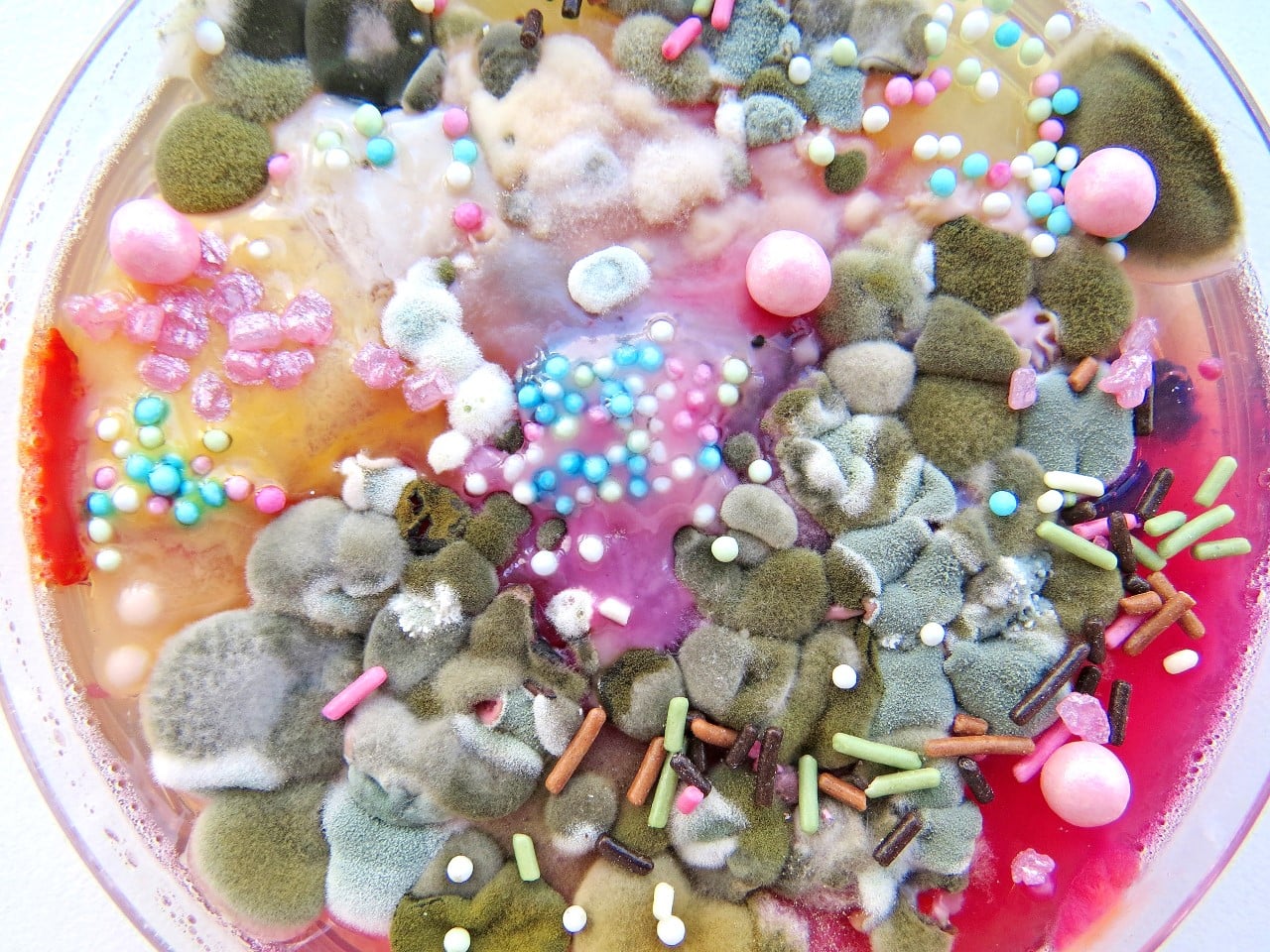
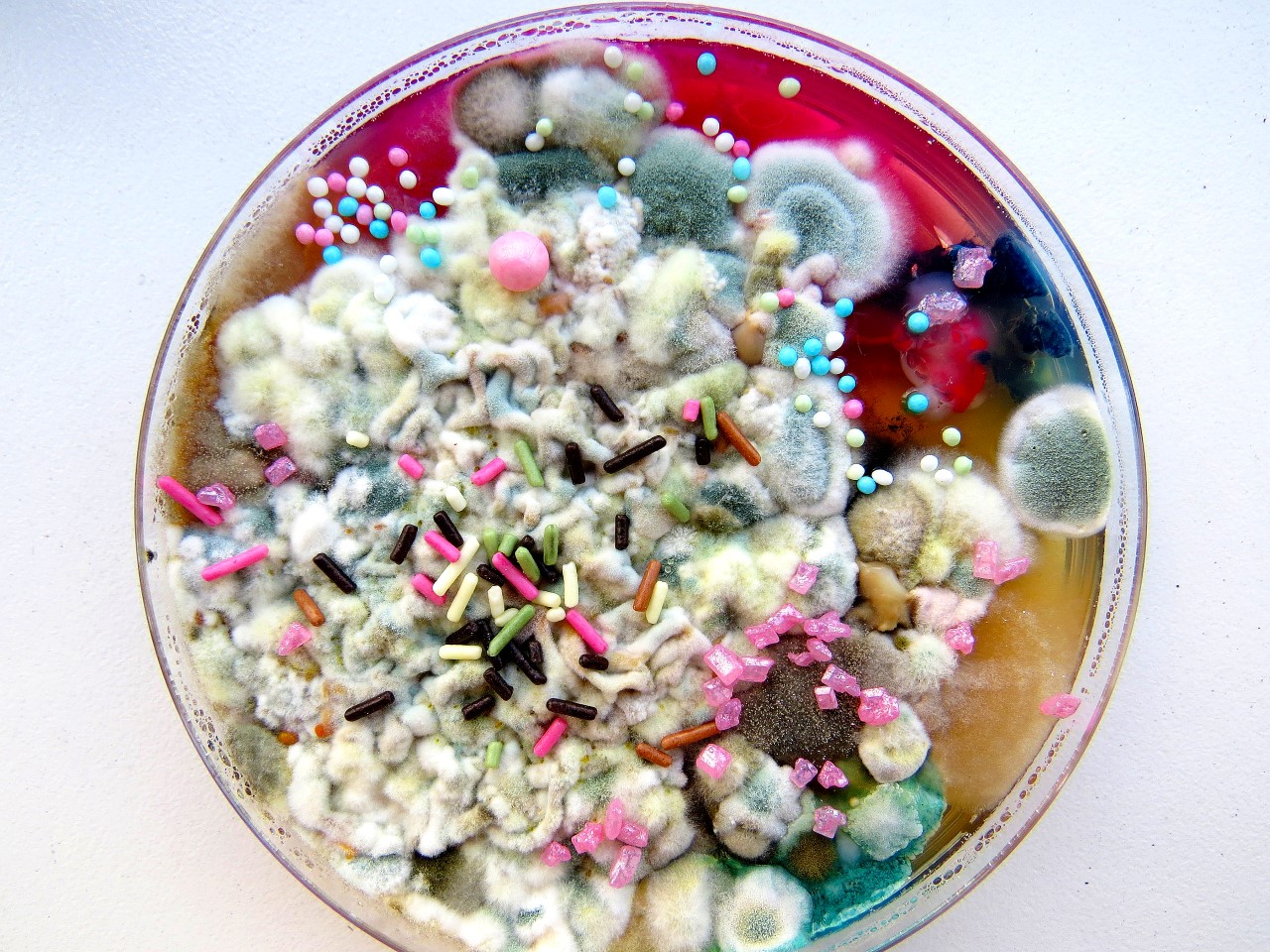
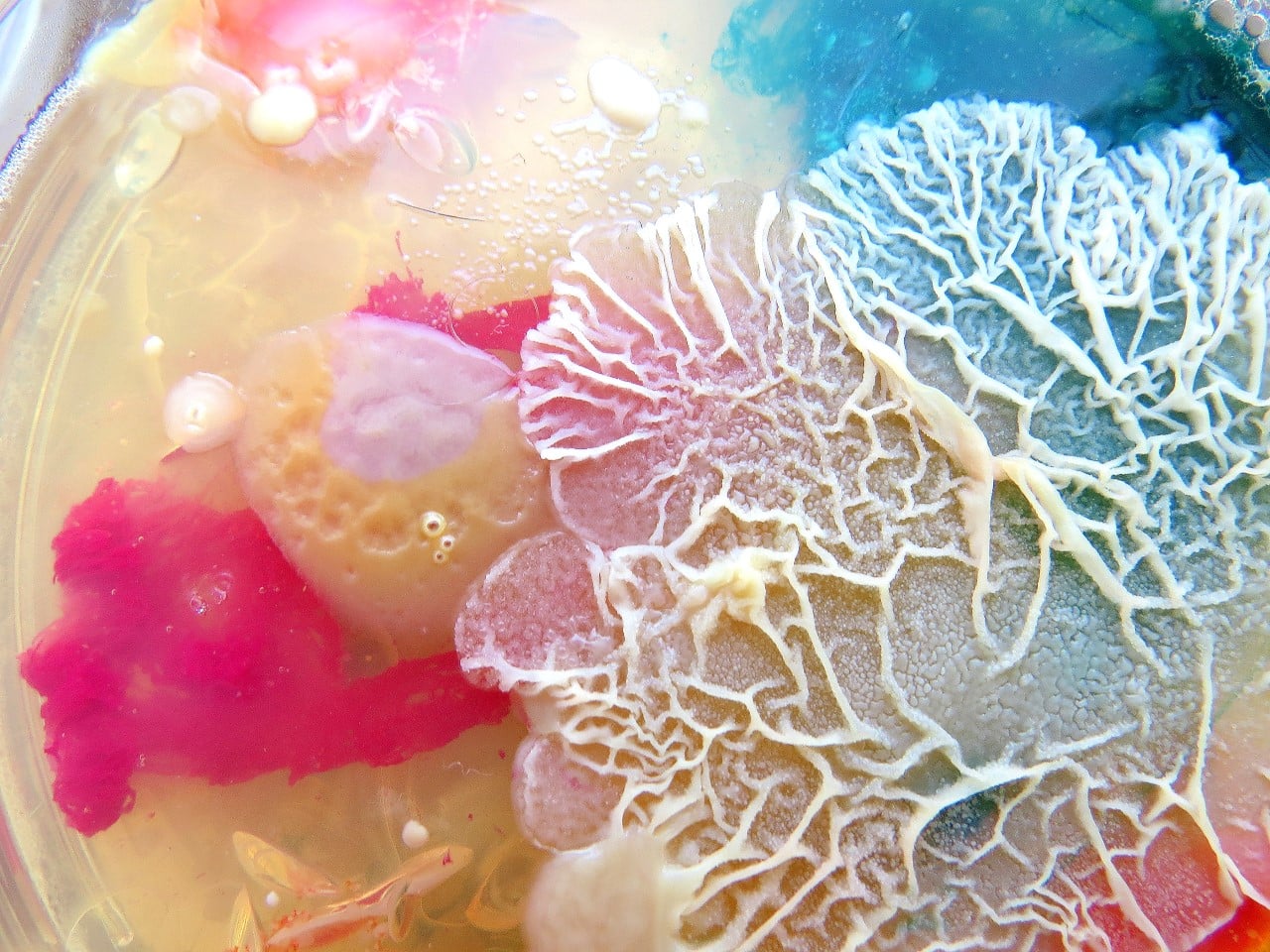
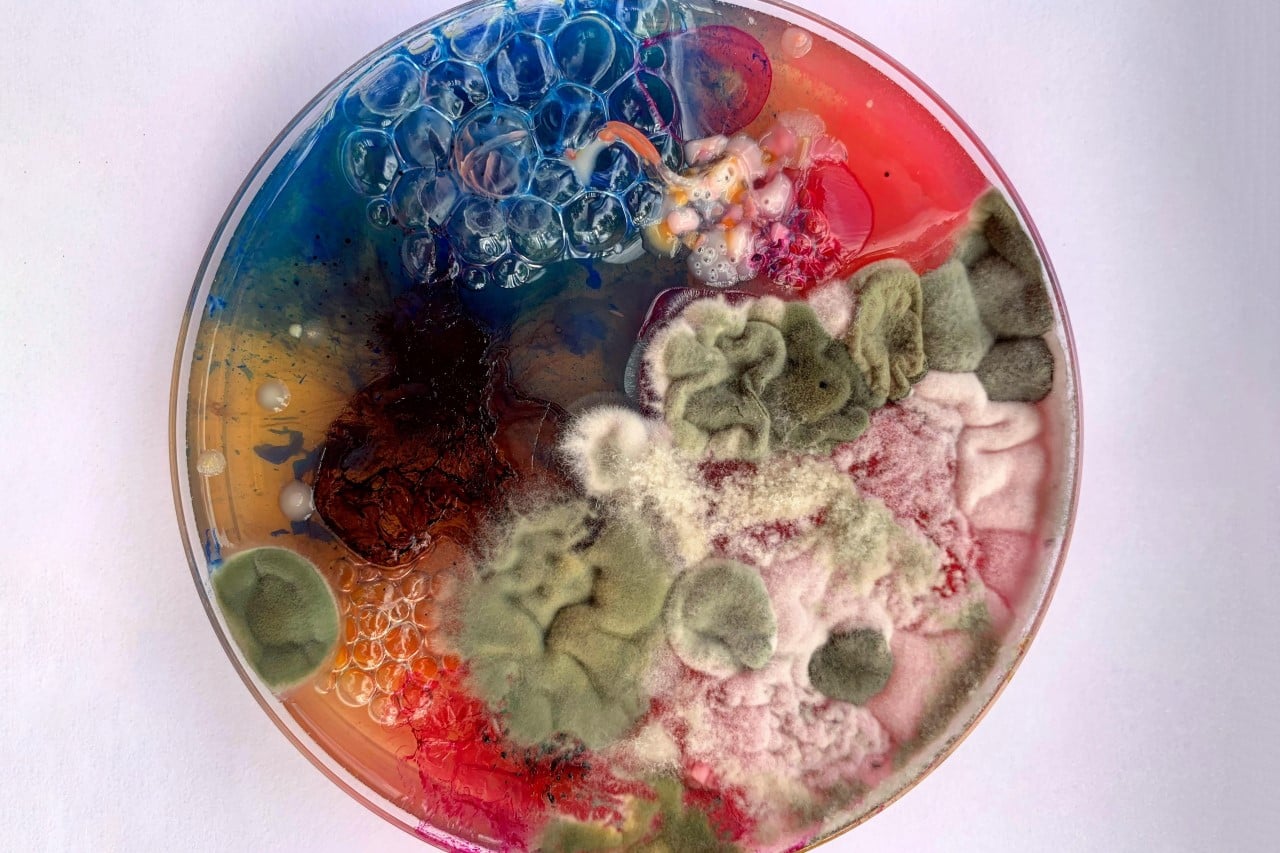
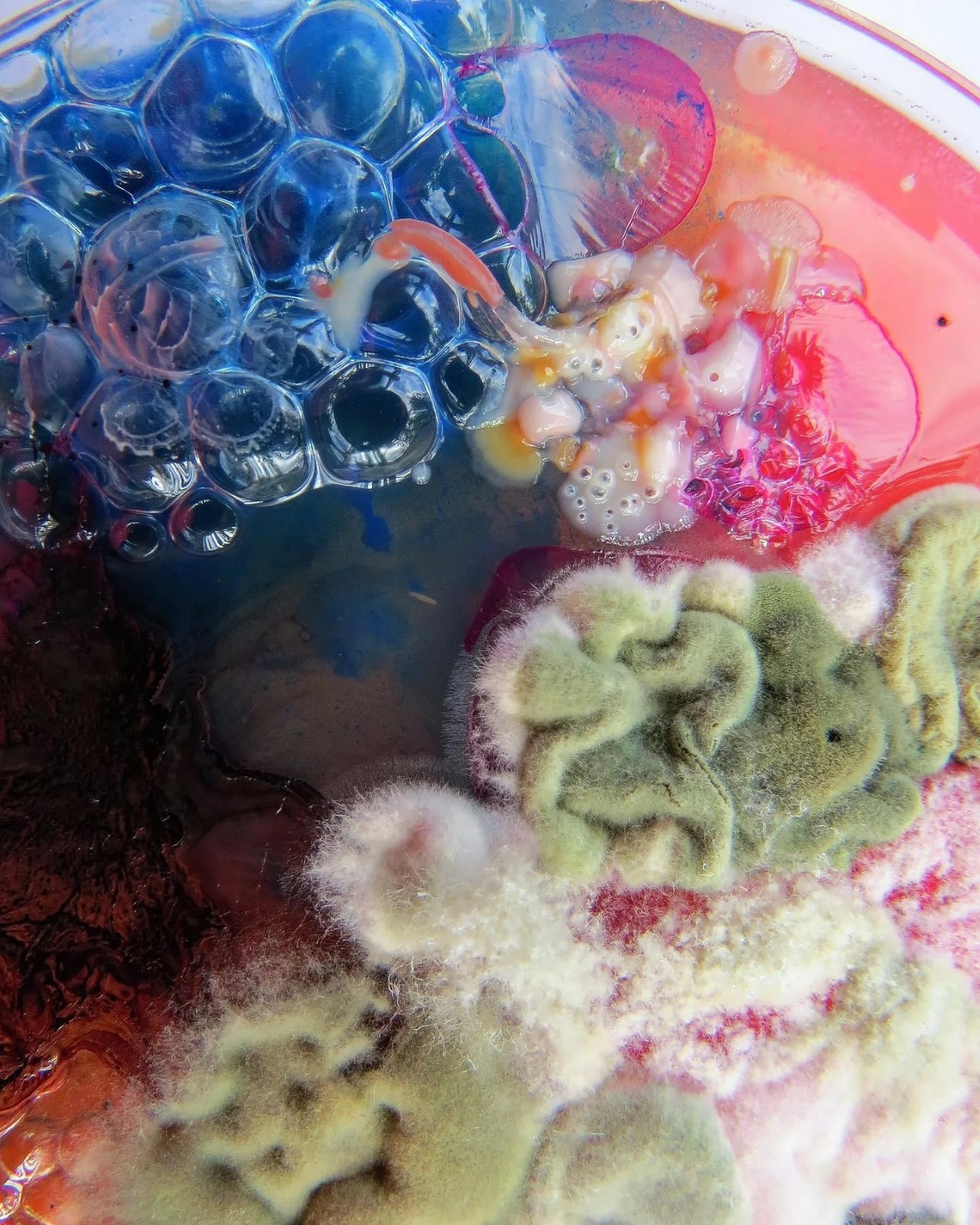
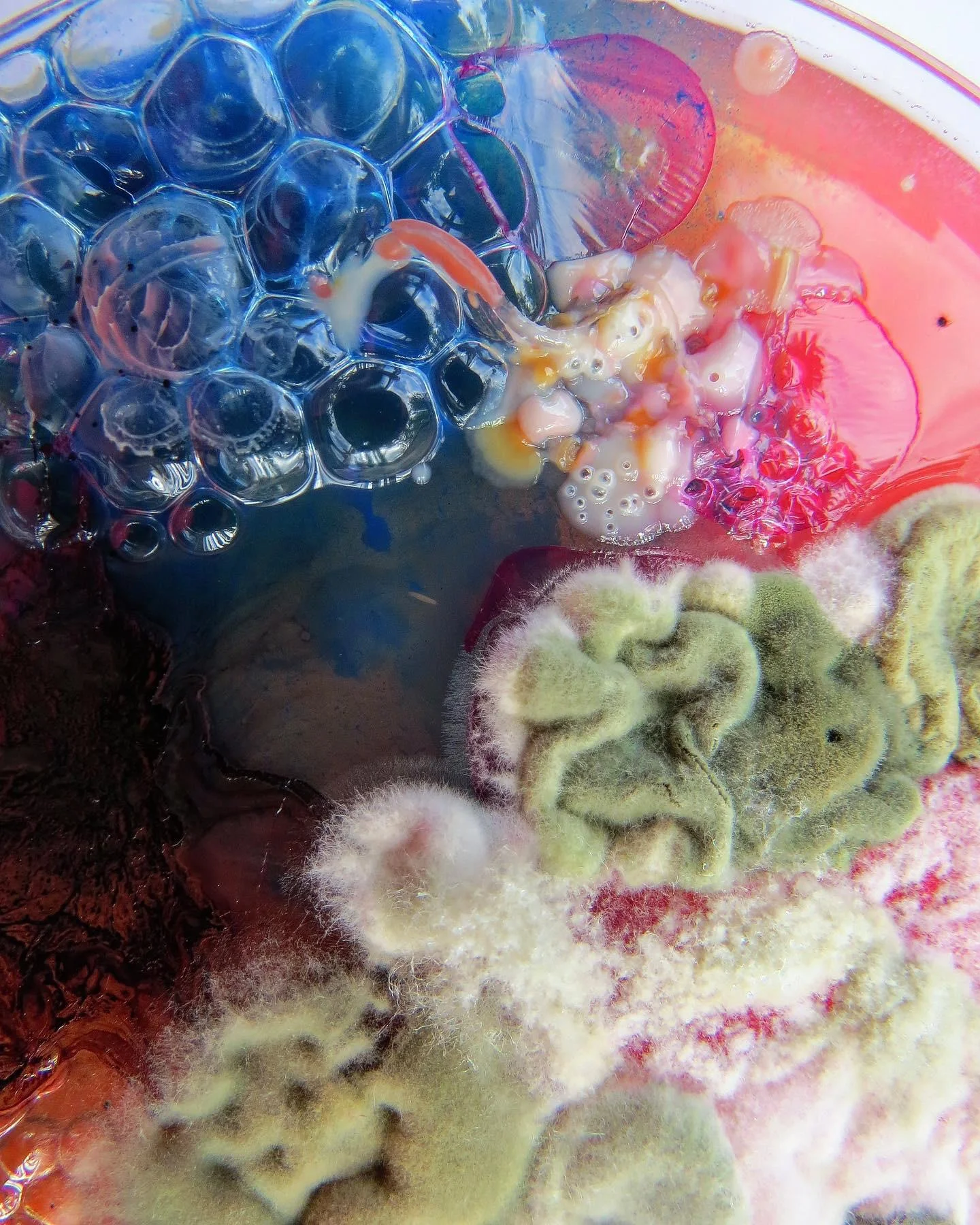
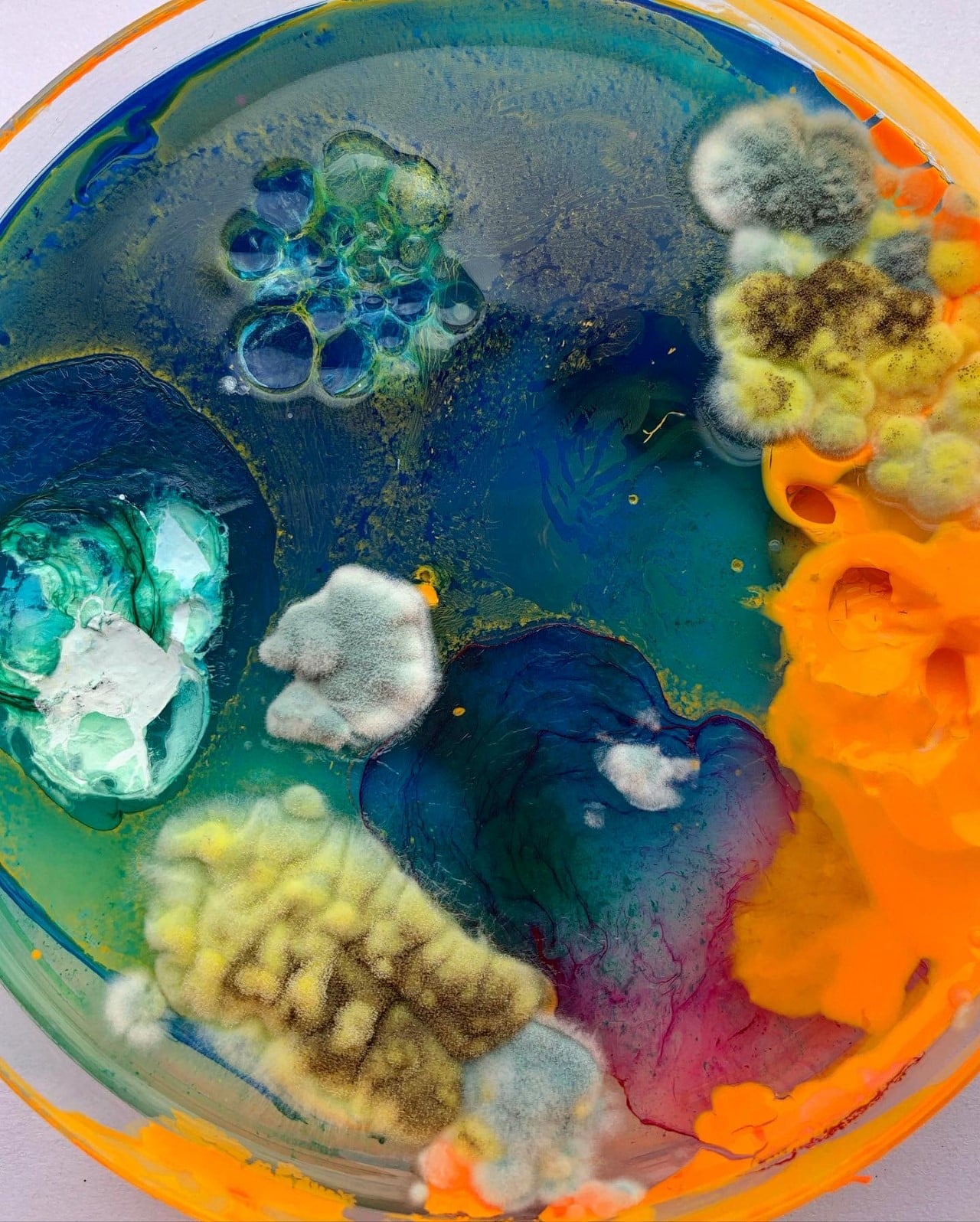
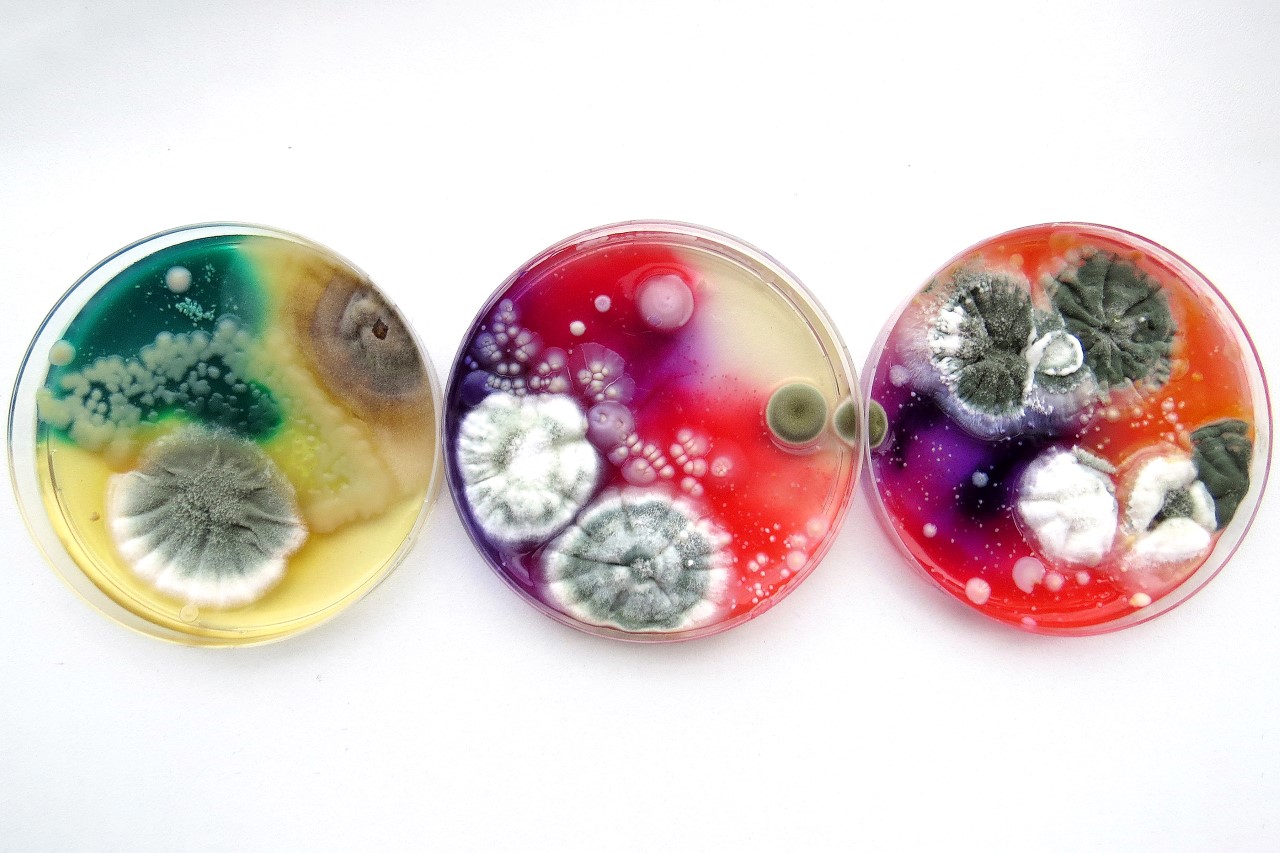
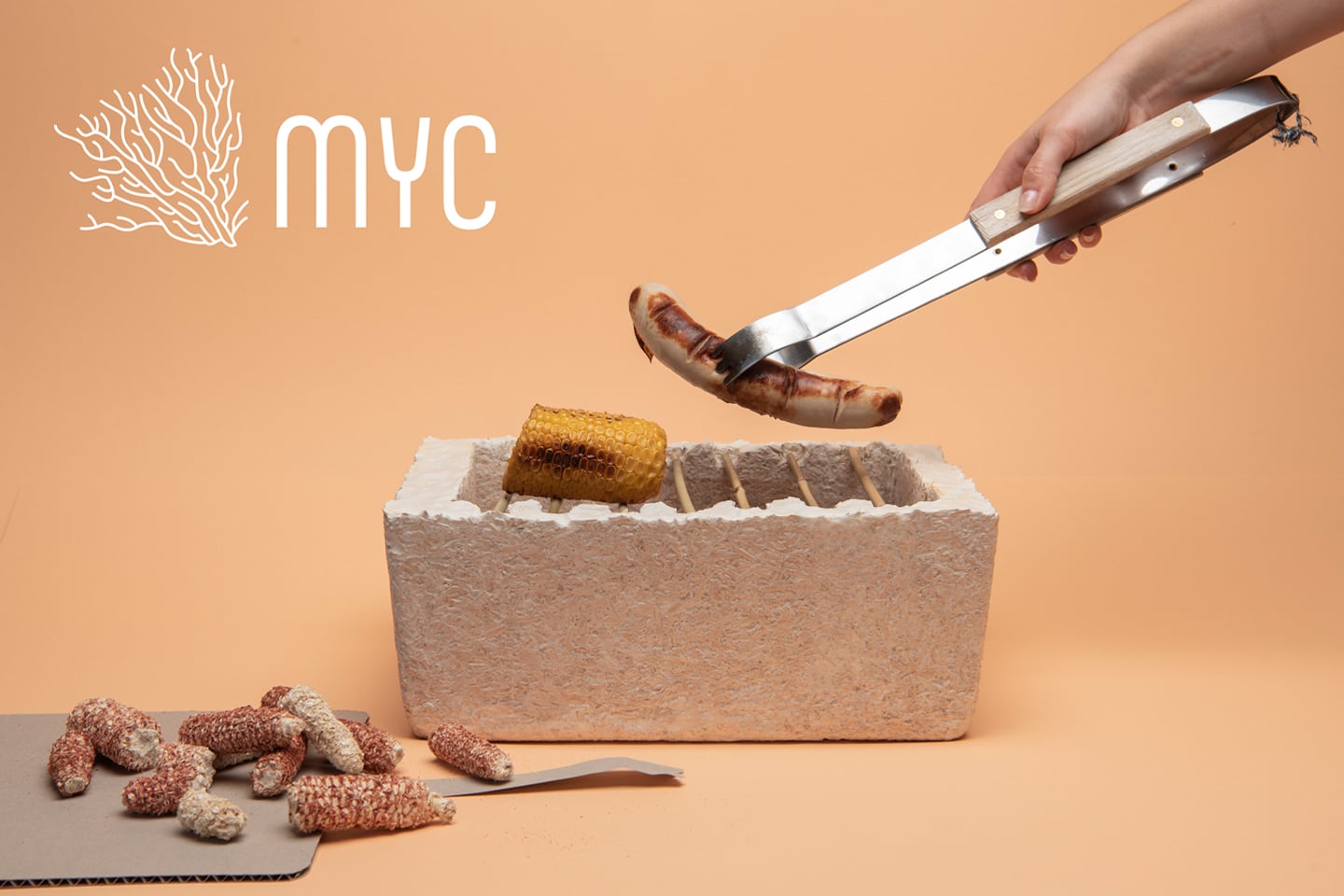
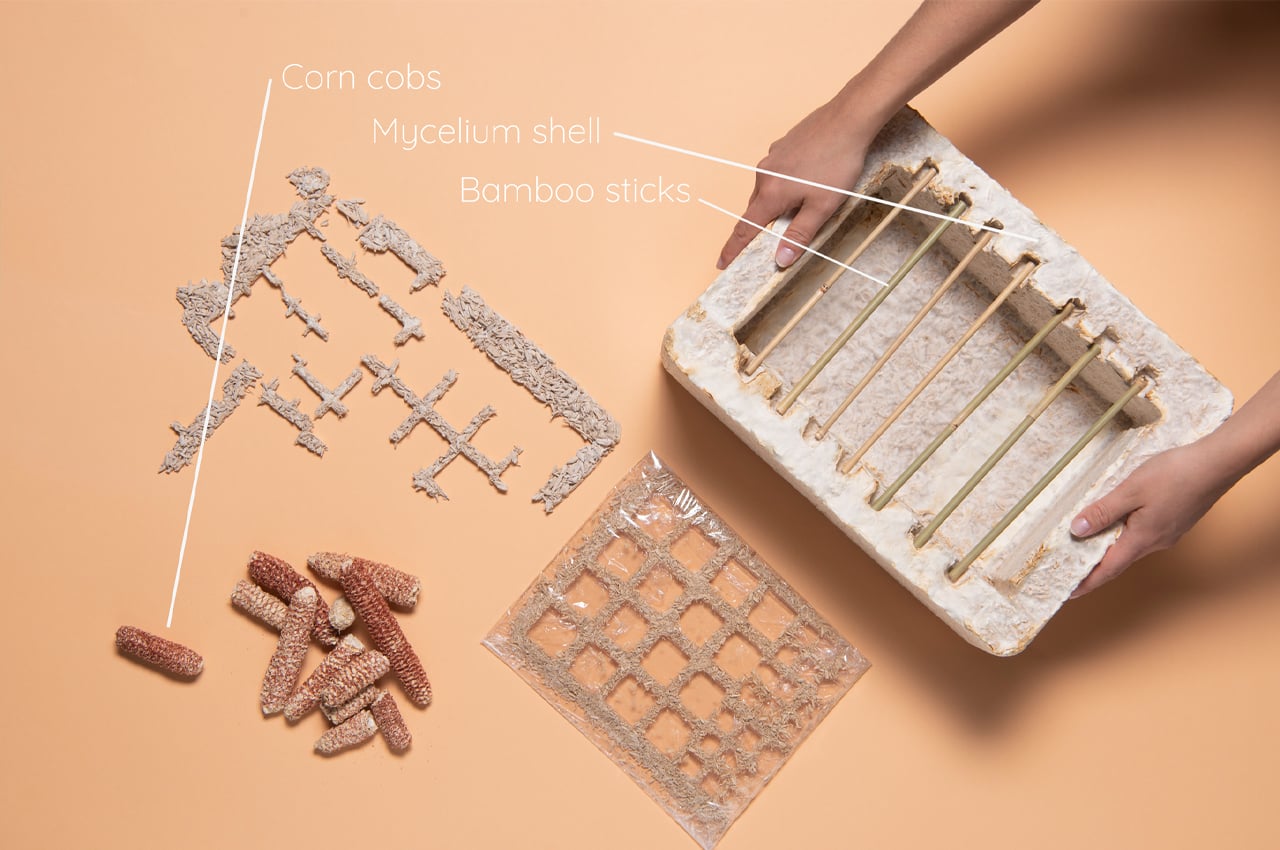
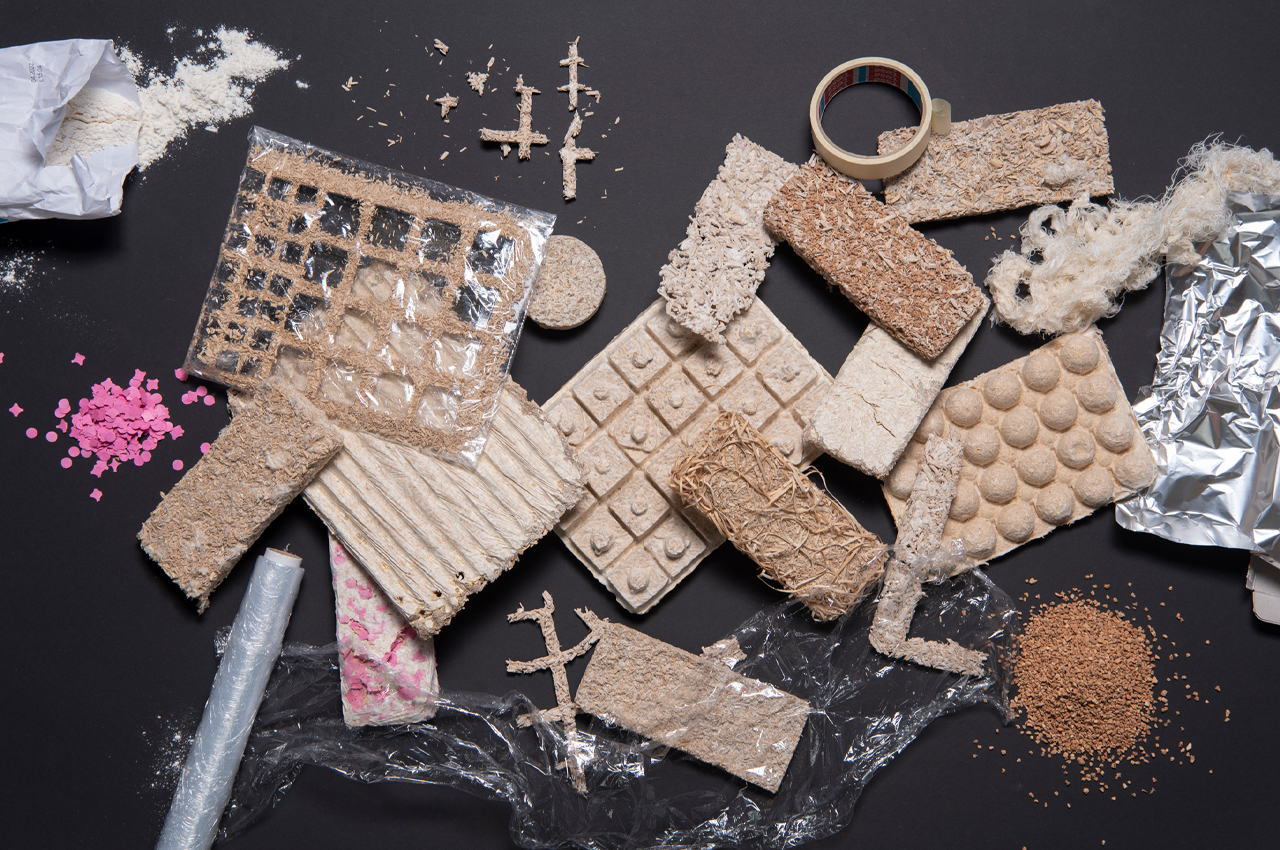







 It turns out headphones are the perfect product to showcase the potential for growing electronics. The typical set has a mix of plastic, leather and mesh -- not the most environmentally friendly ingredients. To prove that we could swap those out for...
It turns out headphones are the perfect product to showcase the potential for growing electronics. The typical set has a mix of plastic, leather and mesh -- not the most environmentally friendly ingredients. To prove that we could swap those out for...



 Today on In Case You Missed It: The University of Colorado, Boulder is diving into a beer project with a surprising twist: Researchers have managed to use beer brewing runoff to grow a species of fungus that not only cleans the water but can also...
Today on In Case You Missed It: The University of Colorado, Boulder is diving into a beer project with a surprising twist: Researchers have managed to use beer brewing runoff to grow a species of fungus that not only cleans the water but can also...